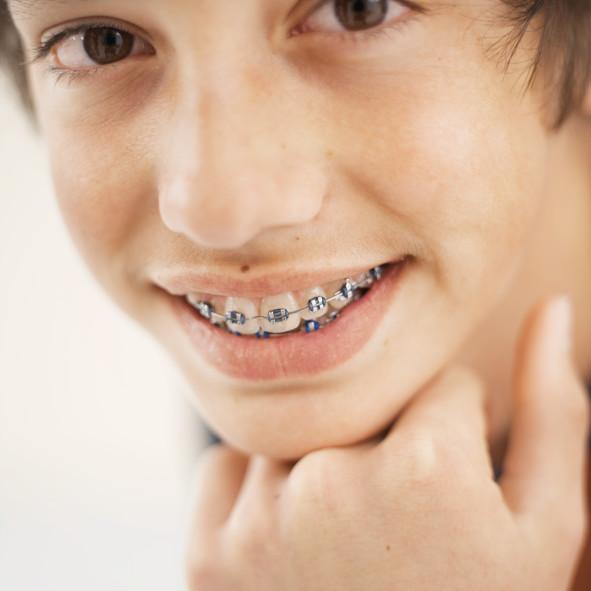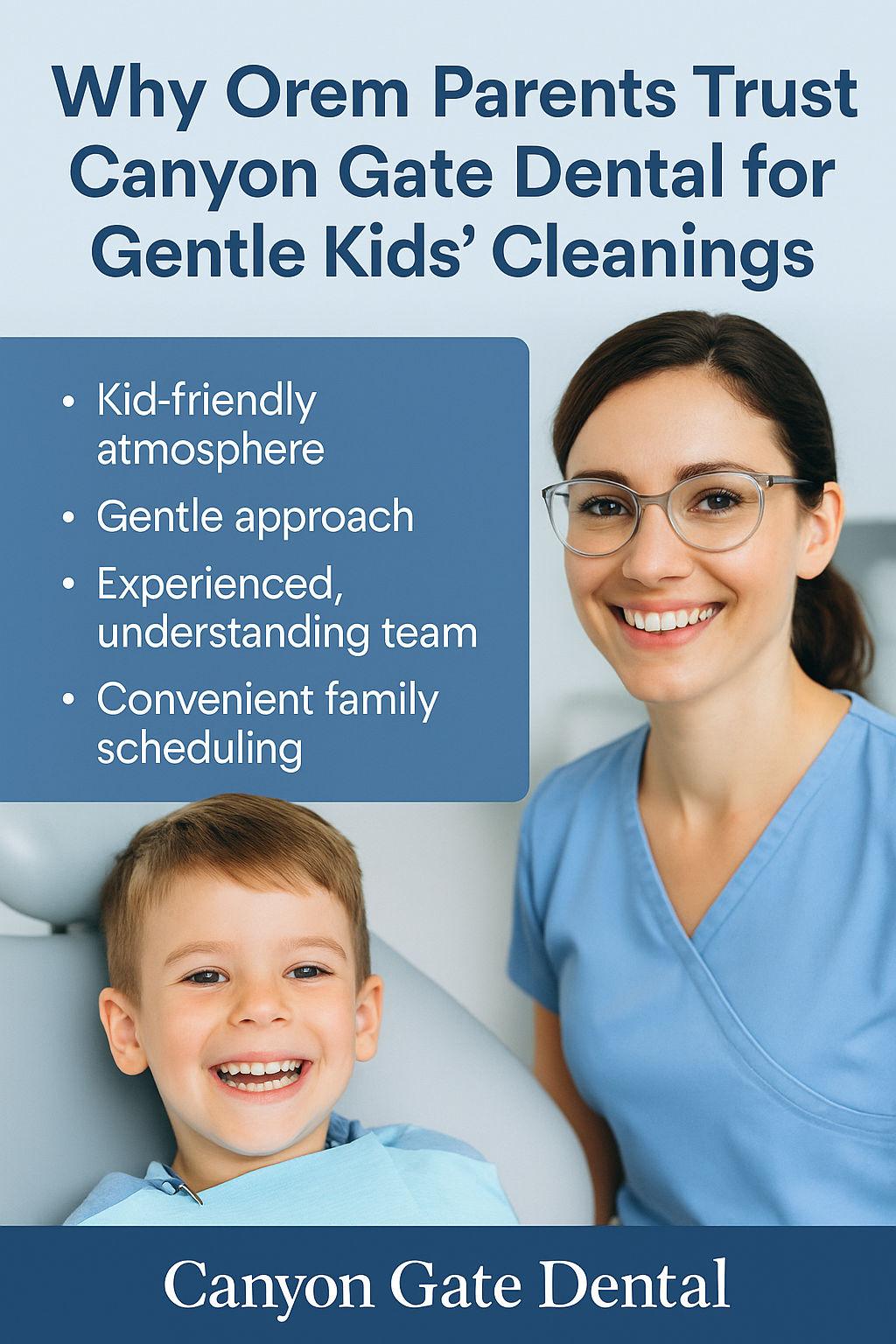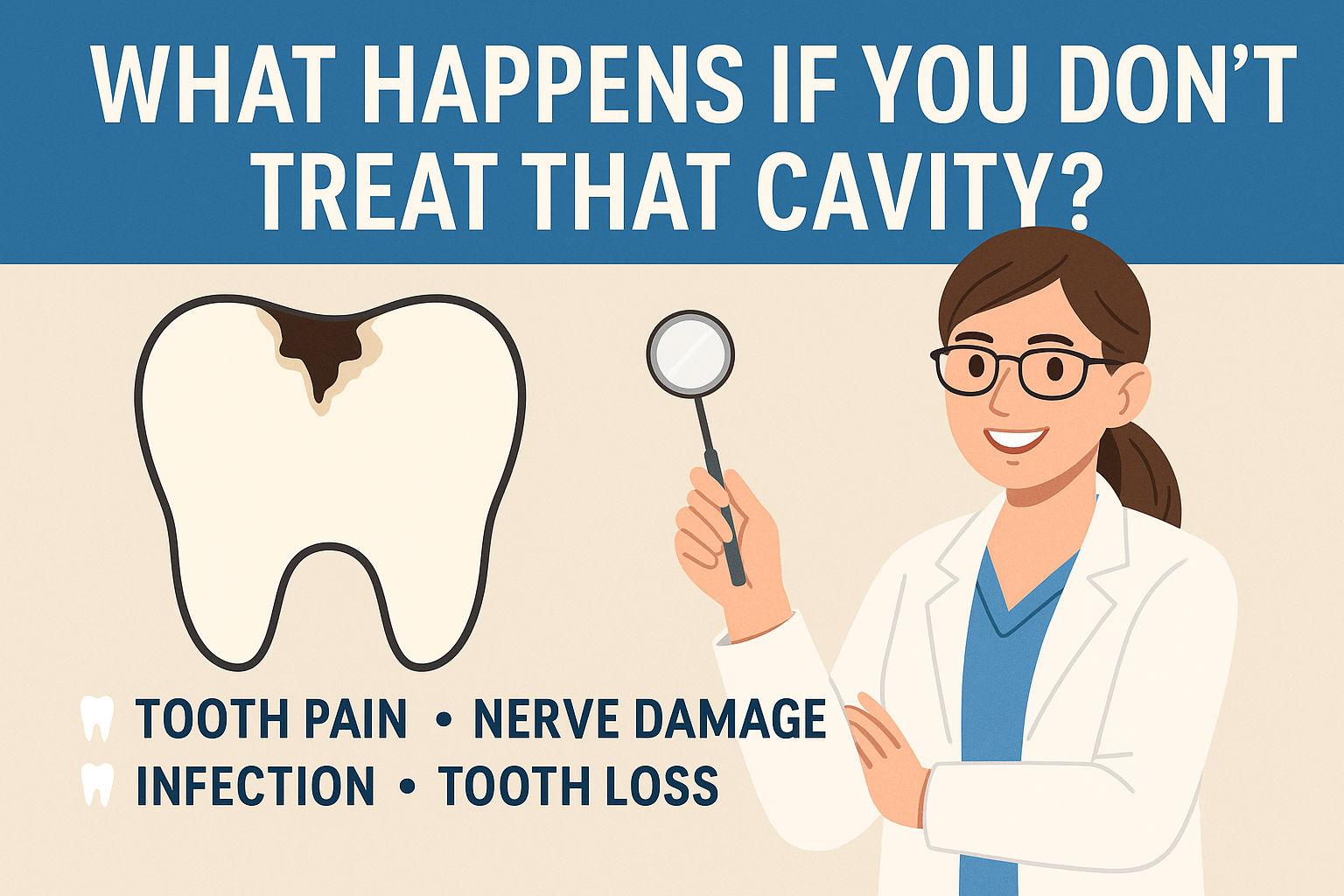Blog Highlights:
- Orthodontic treatment can be performed on children as young as age 6
- Some conditions require early treatment to avoid long-lasting issues
- It is important to help children take good care of their teeth while they have braces
Orthodontic treatment is usually reserved for older children, teenagers, and adults; however, in some cases, young children may require braces. Orthodontic treatment can be performed on children as young as age 6. At this age, the jaw is still growing, which means it is more flexible.
Early orthodontic treatment is primarily considered for two conditions: crossbites and protruding front teeth. These conditions require early treatment to avoid long-lasting issues. Left unchecked a crossbite can compromise the growth of a child’s jaw, and protruding front teeth are more susceptible to fractures and breaks. Early braces may also help correct over crowding before it impacts the growth and alignment of all the teeth.
Procedure
Some people worry that young children may find braces too painful or uncomfortable. In recent years, children’s braces have developed and are more comfortable. There may be some discomfort throughout the experience as the teeth move, but it is not unbearable. Typically a young child wears braces anywhere from one to three years. After that, the child must wear a retainer to maintain the teeth’s new positions.
Care
It is important to help children take good care of their teeth while they have braces. Most dentists recommend that children with braces brush their teeth after every meal. Additionally, have your child swish water in their mouth three to four times a day to flush out any food that might be caught in their braces. At night, after your child brushes, make sure your child rinses with a fluoride mouthwash.
Though flossing is especially challenging with braces, it is imperative that your child flosses at least once a day to keep the gums clean and strong. The floss helps to remove plaque that could turn to tartar if left between the teeth and under the gums. Speak to your dentist to find out more about the best method of flossing with braces.
While your child has braces, you should see your dentist more regularly. Schedule a cleaning and checkup for your child every six months. Don’t hesitate to ask your dentist for additional advice and suggestions on how to help your child keep his or her teeth and gums clean throughout the treatment.









